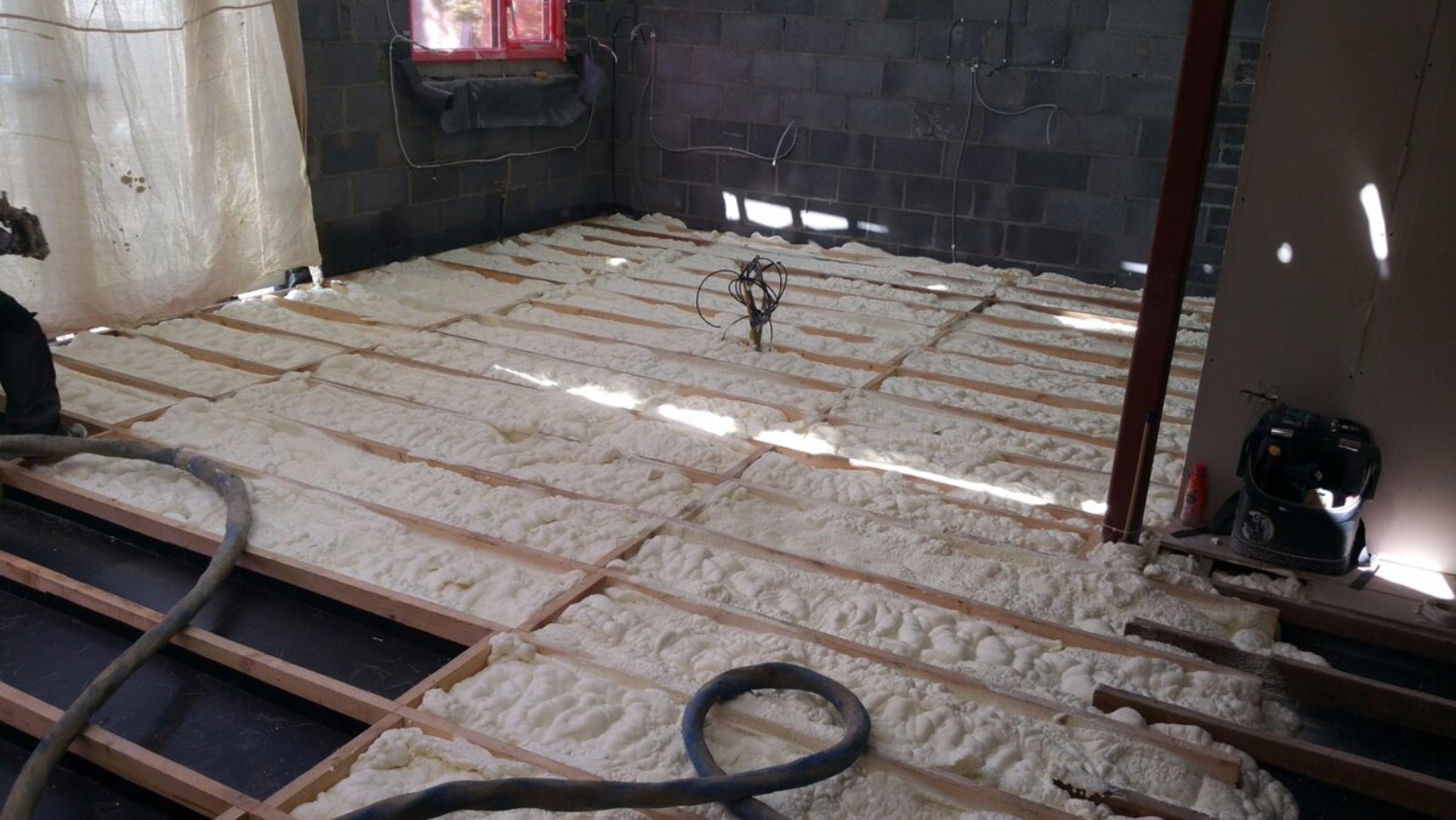
Floor insulation plays a significant role in improving energy efficiency and indoor comfort. Homeowners and businesses often focus on insulating walls and roofs while overlooking the floor, which can lead to substantial heat loss and increased energy bills. Proper floor insulation helps regulate indoor temperatures, prevents drafts, and contributes to a more comfortable living space.
Floors without insulation allow heat to escape, especially in homes with suspended floors or basements. Insulated floors act as a barrier, minimizing heat transfer and maintaining consistent indoor temperatures. This reduces the need for excessive heating in winter and cooling in summer, lowering energy consumption.
By reducing heat loss, insulated floors help decrease the workload on HVAC systems. This leads to lower energy costs, as heating and cooling systems do not need to work as hard to maintain a comfortable indoor environment. Over time, these savings can offset the initial investment in insulation materials and installation.
When a home or building has proper floor insulation, HVAC systems operate more efficiently. Consistent temperatures reduce the frequency of heating and cooling cycles, extending the lifespan of the system and reducing maintenance needs.
Uninsulated floors can lead to uncomfortable cold spots, particularly in rooms above garages or crawl spaces. Floor insulation prevents cold air from seeping through gaps and keeps floors at a comfortable temperature, improving overall indoor comfort.
Insulating floors can help reduce noise transmission between levels of a home or commercial building. This is particularly beneficial for multi-story buildings, apartments, and offices where sound insulation enhances privacy and minimizes disturbances.
Floor insulation helps manage moisture levels by preventing dampness from seeping into living spaces. This is crucial for homes with crawl spaces or basements where moisture buildup can lead to mold growth and structural damage.
Rigid foam insulation provides excellent thermal resistance and is ideal for insulating concrete floors, basements, and crawl spaces. It is moisture-resistant and durable, making it a long-term solution for energy efficiency.
Spray foam insulation expands to fill gaps and seals floors effectively. It provides high insulation values and helps with air sealing, reducing drafts and improving energy savings.
Fiberglass batts and mineral wool are common choices for insulating between floor joists in suspended floors. They offer good thermal resistance and soundproofing benefits but require proper installation to avoid gaps and air leakage.
Reflective foil insulation is beneficial for underfloor applications, especially in warmer climates. It reflects radiant heat, reducing heat gain and keeping indoor spaces cooler during hot seasons.
Professional insulation installation ensures proper coverage, minimizes gaps, and guarantees compliance with building codes. Complex projects, such as insulating concrete floors or crawl spaces, require expertise to achieve the best results.
For homeowners looking to install insulation themselves, choosing easy-to-handle materials like fiberglass batts or foam boards can be cost-effective. However, proper sealing and coverage are essential to maximize energy efficiency and comfort.
Checking insulation for signs of wear, damage, or moisture buildup ensures long-term effectiveness. In areas prone to high humidity, using vapor barriers alongside insulation can help prevent deterioration.
Older homes may benefit from upgrading existing insulation to modern, high-performance materials. Improving floor insulation can significantly enhance a building’s energy efficiency and indoor comfort levels.
Local building codes often require specific insulation levels to meet energy efficiency standards. Ensuring compliance can improve property value and qualify homeowners for energy rebates or tax credits.
Upgrading your floor insulation can make a noticeable difference in energy savings and overall comfort. Whether you are building a new home or upgrading an existing one, investing in quality insulation is a step toward a more efficient and comfortable living environment. Contact Premier Insulation Plus at (850) 600-4402 or email [email protected] to discuss your insulation needs and find the best solution for your home or business.
Floor insulation can reduce heating and cooling costs by up to 15%, depending on the type of insulation and the existing energy efficiency of the home.
Yes, insulation helps keep indoor spaces cooler by preventing heat from rising through the floor, reducing the need for excessive air conditioning.
Rigid foam board or spray foam insulation are ideal for crawl spaces, as they provide excellent thermal resistance and moisture control.
DIY installation is possible with materials like fiberglass batts or foam boards, but professional installation ensures better efficiency and compliance with building codes.
Quality floor insulation can last 20-50 years, depending on material type, moisture exposure, and maintenance.
Yes, materials like fiberglass and mineral wool help reduce noise transmission between floors, improving soundproofing.
Cold floors, high energy bills, and noticeable drafts indicate a lack of insulation.
Yes, it helps control moisture levels, reducing the risk of mold and mildew development.
Yes, combining insulation with underfloor heating enhances efficiency by reducing heat loss.
Many local and federal programs offer rebates or incentives for upgrading insulation. Check with energy providers or government agencies for eligibility.